



| December 14 12:30-16:30, Room 501 |
||
| LCT5/FLX3-3 | Biaxially Formed Flexible Organic Electronics for 3D LC Optics and Displays Andrew Russell1, Ashley James1, May Wheeler1, *Paul Cain1, William H Reeves1 1. FlexEnable (UK) |
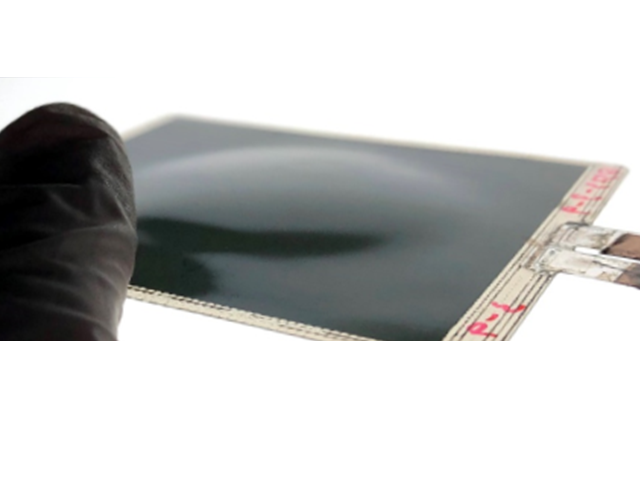 |
| The low temperature processes of organic electronics (<100°C) allow low Tg flexible substrates, such as TAC (Tri acetyl Cellulose) Tg < 150°C) to be used in place of glass, unlocking many new properties including biaxial curvature. We will show a demonstration of a switchable flexible LC cell on TAC film that has been biaxially thermoformed into a spherical cap. Both LC cells and OTFT arrays on TAC film can be biaxially thermoformed in this way. Such complex curvatures are needed for AR/VR active optics (ambient dimming, lensing), smart windows and active surface OLCDs. | ||
| FMC6/PRJ6-4L | Effect of the Diameter of Transparent Spheres Introduced in AIRR Optical System on the Modulation Transfer Function *Kazuaki Takiyama1, Kengo Fujii1, Masaki Yasugi1, Shiro Suyama1, Hirotsugu Yamamoto1 1. Utsunomiya University (Japan) |
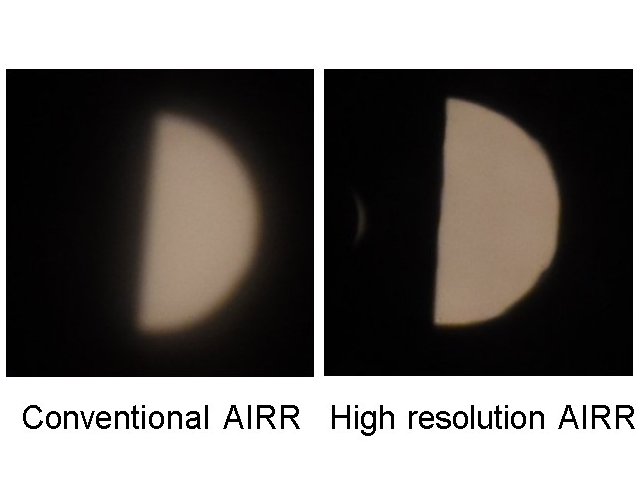 |
| We will demonstrate the improved resolution of the aerial image formed by aerial imaging by retro-reflection (AIRR) with the transparent spheres. The figure shows an aerial image of the conventional AIRR and the AIRR combined with two transparent spheres. AIRR combined with two transparent spheres produces an aerial image with high-resolution. In the demonstration, you can experience the change of resolution according to the change of the diameter or position of the two transparent spheres. Our method for the improvement of the image quality will broaden the application of aerial displays. | ||
| 3D1-3 | Two-View Autostereoscopic Display Independent of Differences of Interocular Distance and Viewing Condition *Takumi Hori1, Maho Hashimoto1, Goro Hamagishi1,2, Kayo Yoshimoto1,2, Hideya Takahashi1,2 1. Osaka City University (Japan), 2. Osaka Metropolitan University (Japan) |
|
| We will demonstrate the autostereoscopic display that enables comfortable stereopsis independent of the individual differences in the interocular distance and the viewing condition of the viewer. The demo system consists of a display, a parallax barrier, and a depth camera. The crosstalk and the moiré are reduced by compositing appropriate parallax images for each divided area of the display using the positional information of both eyes acquired by the depth camera. The viewer can enjoy comfortable stereopsis in a very wide range. | ||
| 3D5-3 | Depth Perception Characteristics in Plane Fog Screen *Masaki Umemoto1, Haruki Mizushina1, Shiro Suyama2, Kenji Yamamoto1 1. University of Tokushima (Japan), 2. University of Utsunomiya (Japan) |
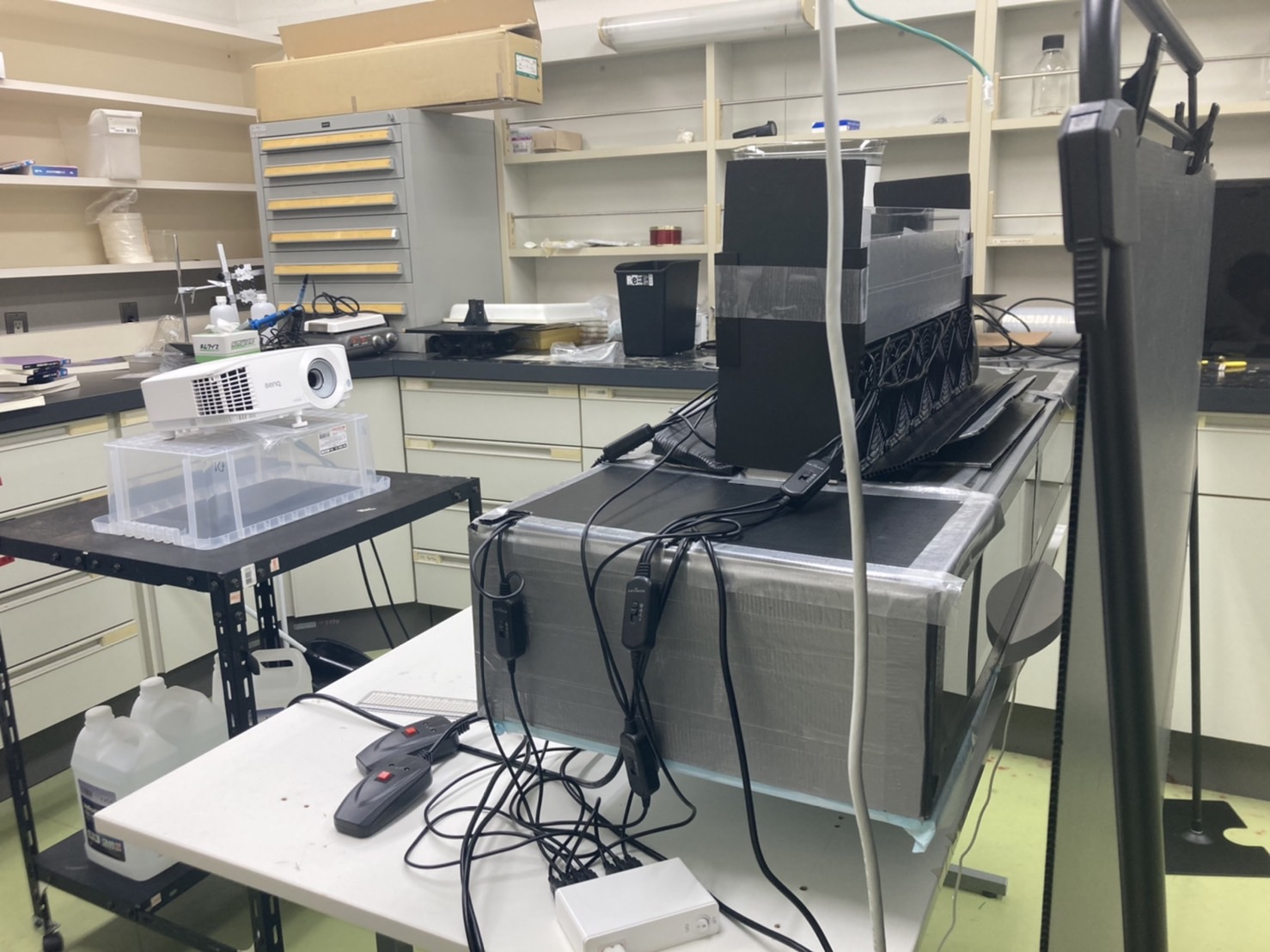 |
| We will make demonstration of depth perception in projected image when it is projected on a flat fog screen. The observer observes the projected image while moving from the front of the fog screen onto the arc. | ||
| 3D5-4L | Dependence of 3D Image Contrast on Ceiling/Background Illumination and Screen Reflectance in a Volumetric Display using a Helical Rotating Screen *Karin Wakatsuki1, Chiemi Fujikawa1, Makoto Omodani2 1. Tokai University (Japan), 2. Tokyo Denki University (Japan) |
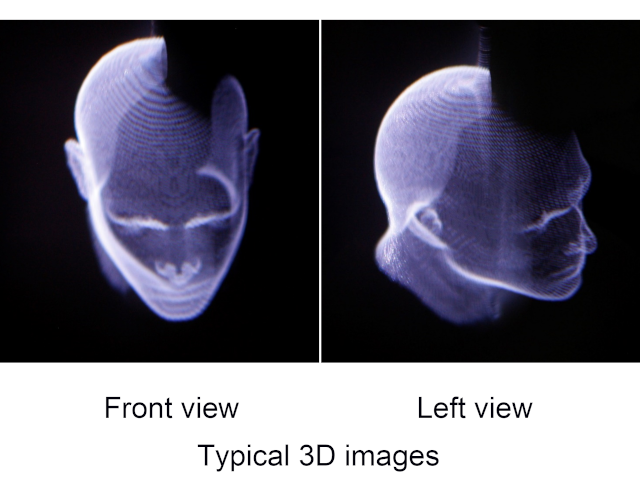 |
| We will demonstrate a volumetric display using a helical rotating screen. This 3D display system consists of a DMD projector and helical screens. The projected cross-sectional images were synchronized with trigger pluses from the rotating helical screen. The DMD projector formed multiple layers of cross-sectional images on a rotating helical screen. Three directional images were formed by the accumulated afterimages of the projected cross-sectional images. The 3D image can offer observation from universal directions without using special eyeglasses in this demonstration. | ||
| PRJ5/3D2-3 | Change in Long-Range Pop-up Distance of Arc 3D Display Due to Substrate Installation Angle *Hiroto Oishi1, Masaki Yasugi1, Shiro Suyama1, Hirotsugu Yamamoto1 1. Utsunomiya University (Japan) |
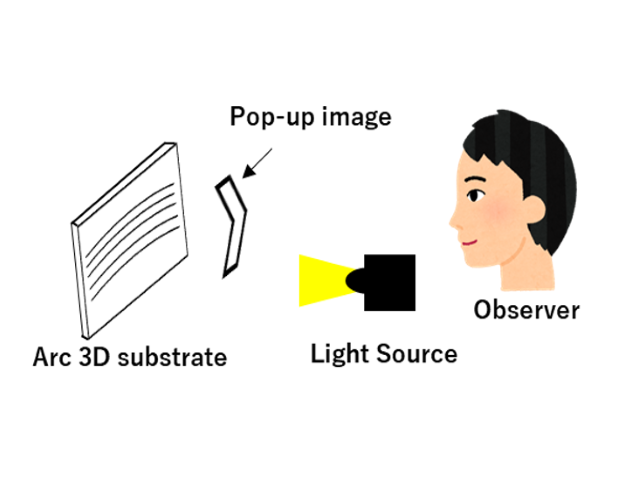 |
| We demonstrate a meter-scale popping-up image using the Arc 3D display and how the distance of the popping-up image change as the angle of the substrate change. The figure shows an overview of the Arc 3D display, in which a single light source illuminates a clear substrate with arc-shaped scratches to generate a popping-up image. This 3D display with long popping-up distance is expected to be used as a directional sign on an expressway, where a number of the sign boards are installed, and then their cost can be reduced. | ||
| MEET4-4 | Towards Minimizing Customization in Micro-LED Fabrication; A Mass Transfer Process Perspective *Makarem Hussein1 1. LuxNour Technologies (United States of America) |
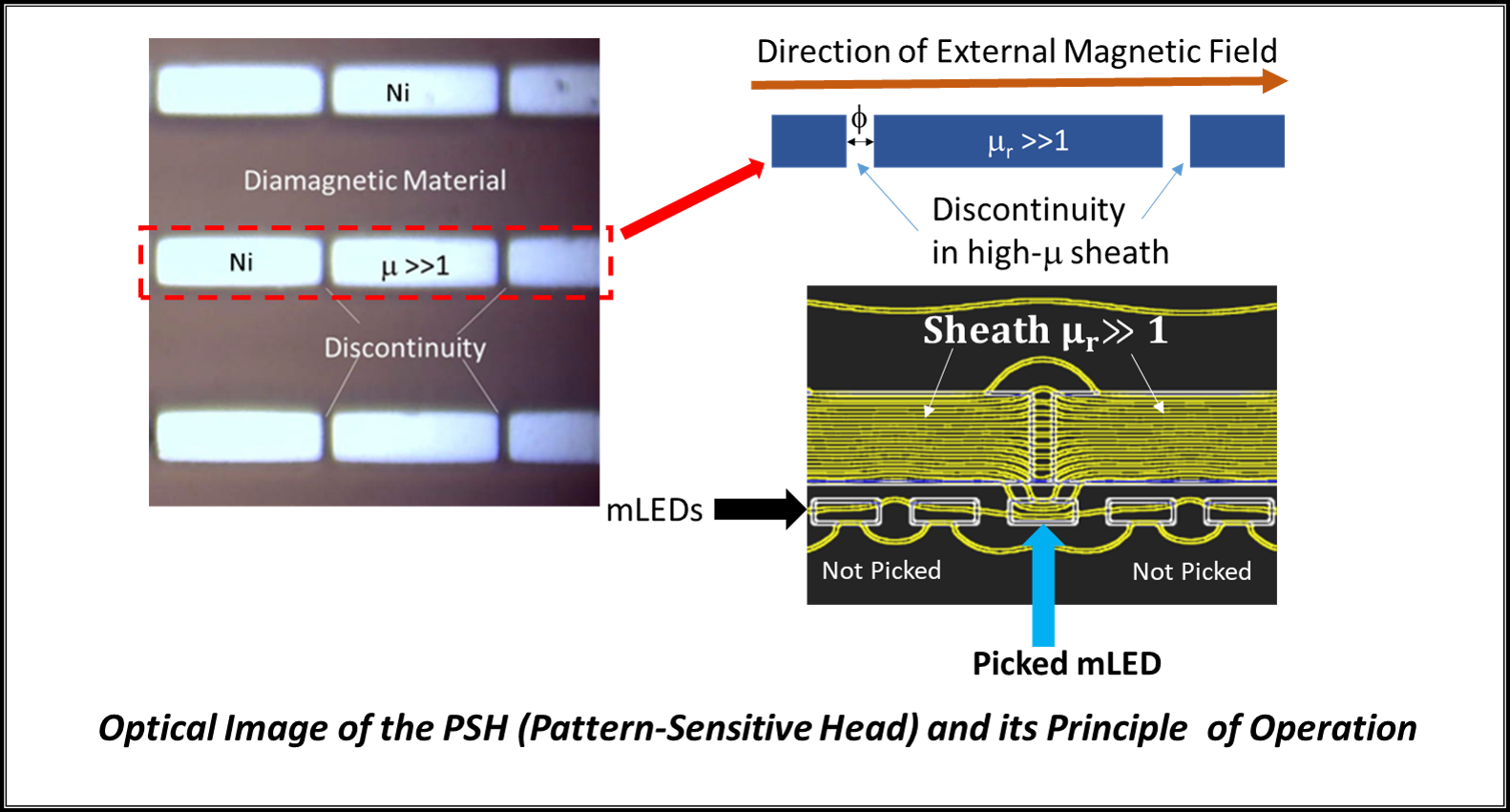 |
| We demonstrate LuxNour’s electromagnetic Pattern-Sensitive Head (PSH) stamp for massive transfer of mLEDs. The demo features a 4” x 4” PSH fabricated on 6” silicon wafer using 30 μm thick sheath of nickel in which discontinuities were introduced according to the layout and size of the mLEDs to be transferred. As shown, the PSH is designed to handle 15 μm wide mLEDs distributed on a grid of 7.5 mm spacing. Also discussed, are the principle of operation and manufacturability of the PSH mass transfer technology. | ||
| INP5-2 | Improvement of writing experience for pen-input devices by means of textured glass surfaces *Naoki Fujita1,2, Takumi Kinoshita1, Masaru Iwao1, Noriaki Masuda1, Yoshitaka Nakanishi2 1. Nippon Electric Glass Co., Ltd. (Japan), 2. Kumamoto University (Japan) |
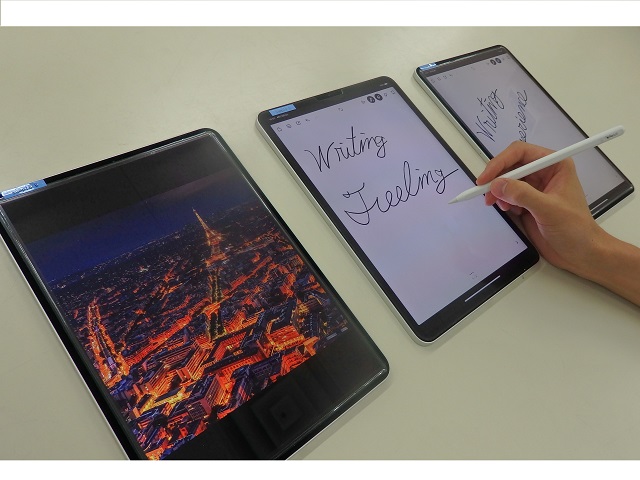 |
| We will demonstrate our innovative method to improve writing experience for pen-input devices via textured glass surfaces. The demo system consists of tablet devices with textured glasses attached and some types of writing pens. Various textured glass surfaces with different frictional behaviors are prepared for our demo. The audiences can experience the differences in the feeling of pen operation through writing on the tablet. In addition, we would like to take opportunity to hear various opinions from the audiences. | ||
| MVS2-2 | Development of a Remote Field Operation Support System with Functions of Free Viewpoint Observation and Free Hand Gesture Instruction via Metaverse *Takashi Numata1, Yuya Ogi1, Keiichi Mitani1, Kazuyuki Tajima1, Yusuke Nakamura1, Naohito Ikeda1, Kenichi Shimada1 1. Hitachi, Ltd. (Japan) |
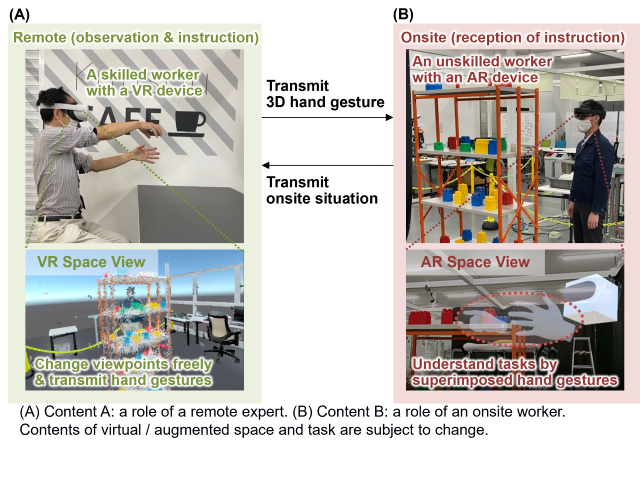 |
| We will demonstrate a first remote field operation support system which combining two functions of free viewpoint observation and hand gesture instruction. The demo consists of two contents; Content A is that as a role of a remote expert, and content B is that as a role of an onsite worker. By content A, the user can remotely understand the field situation and instruct physical task by observing at free viewpoint and instructing hand gesture via a virtual reality device. By content B, the user can understand appropriate physical task by receiving hand gesture instruction via an augmented reality device. | ||
| December 15 12:30-16:30, Room 501 |
||
| LCT3-1 | Ghost Analysis in Thin and Lightweight Head-Mounted Displays with Holographic Optics. *Yasuhiro Takahashi1, Koichi Okuda1, Hiroaki Kijima1, Jin Hirosawa1, Shinichi Komura1 1. Japan Display Inc. (Japan) |
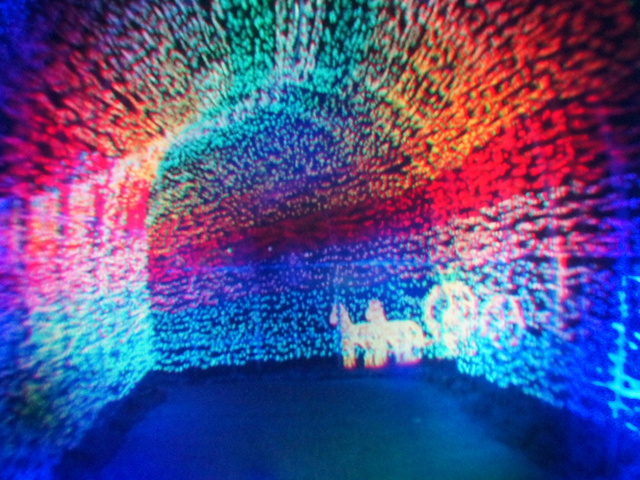 |
| We will demonstrate a full-color benchtop prototype of a thin and lightweight HMD using pancake optics, polarized laser backlight, and holographic optical elements. The pancake optical system with holographic optical elements is thinner than that of a system using a conventional lens. By suppressing surface reflection, we realized a clear virtual image without ghosting. Using a polarized laser backlight allows for 1.9 times higher luminance efficiency than that obtainable with a nonpolarized laser backlight. | ||
| AMD7-2 | Layer Reduction of Hybrid TFT Towards 6.6 inch AMOLED Mass Production *Shunsuke Kobayashi1, Yujiro Takeda1, Masatomo Honjyo1, Mehadi Aman1, Kenichi Kitoh1, Kazuatsu Ito1, Kohei Tanaka1, Hiroshi Matsukizono1 1. Sharp Display Technology Corporation (Japan) |
 |
| The display of “AQUOS R6” smartphone is an AMOLED panel, used a novel fabrication process to reduce a metal and a dielectric layer of hybrid TFT with IGZO and LTPS. Thanks to this hybrid structure, by reducing the number of layers in the TFT backplane it enables the mass production of AMOLED panels with high quality and low cost.This high resolution (1260 x 2730) display owns a high pick brightness of 2000 cd/m2 and can be driven by a wide range of frequency (1-120 Hz). | ||
| FMC1-1 | Development and Photoluminescence Properties of Red Luminescent Dinuclear Eu(III)-β-diketonates with a Branched Tetraphosphine Tetraoxide Ligand for Potential Uses in LEDs *Hiroki Iwanaga1, Fumihiko Aiga1, Shin-ichi Sasaoka2, Takahiro Wazaki2 1. Toshiba Corporation (Japan), 2. NITTO KASEI CO., LTD (Japan) |
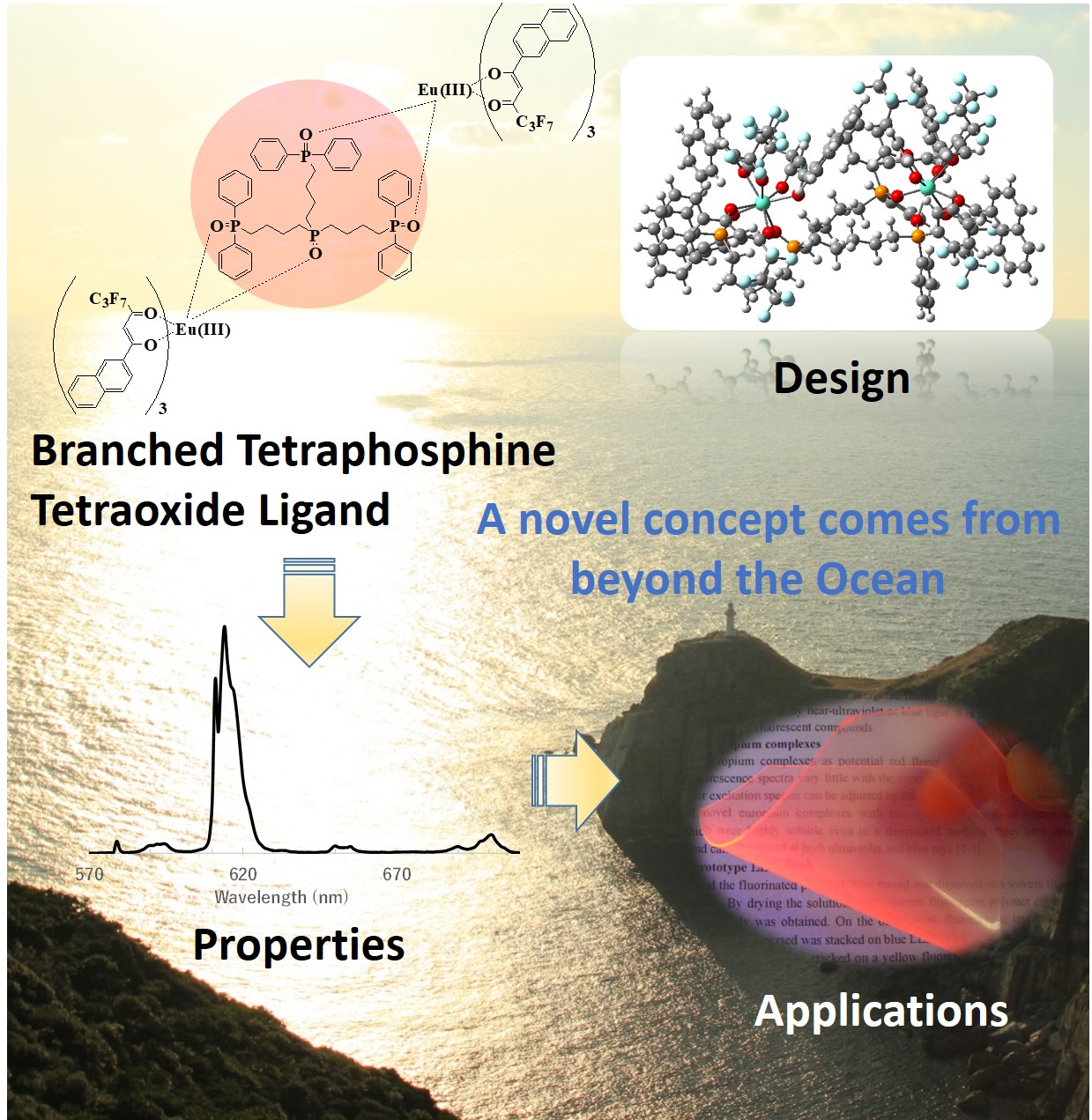 |
| Novel branched tetraphosphine tetraoxide ligands for Eu(III) complexes were developed. They are designed to have two different phosphine oxide portions; one has aromatic substituents and the other has no aromatic substituent. We conclude that these ligands have functions of increasing absolute quantum yields of Eu(III)-ß-diketonates. Eu(III)-ß-diketonates with branched tetraphosphine tetraoxide ligands are promising candidates for future emission devices, security media, and sensing. | ||
| FMC2-1 | Bendable Electro-Acoustic Transducer Fabricated Utilizing Frequency Dispersion of Elastic Modulus *Tetsu Miyoshi1 1. FUJIFILM Corporation (Japan) |
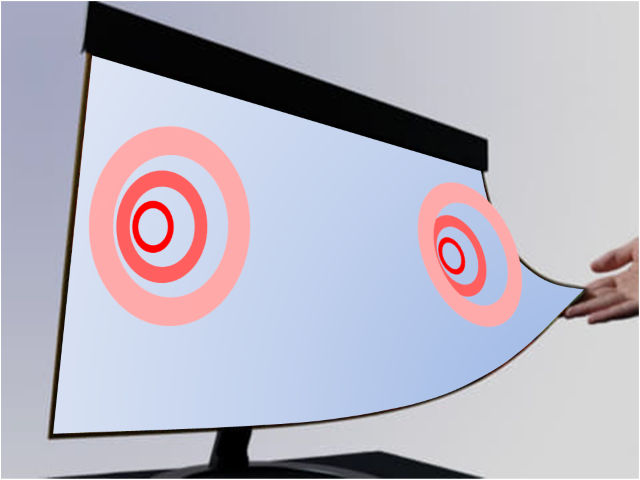 |
| By attaching a flexible exciter (B.E.A.T. ) to the back of a 30-inch 4K flexible organic LED (OLED) display, the display can make sounds by itself ensuring the flexibility. By making sounds from the screen, you can feel more immersed like a movie theater. Acknowledgments: The 30-inch 4K flexible OLED display has been provided by Sharp Corporation and Japan Broadcasting Corporation (NHK) . | ||
| FMC4-2 | Breakthrough for test cost reduction on Micro LED device with electric-luminescence and electrical Test embedded solution *Hiroshi Kaga1, Kotaro Hasegawa1, Koji Miyauchi1 1. ADVANTEST CORPORATION (Japan) |
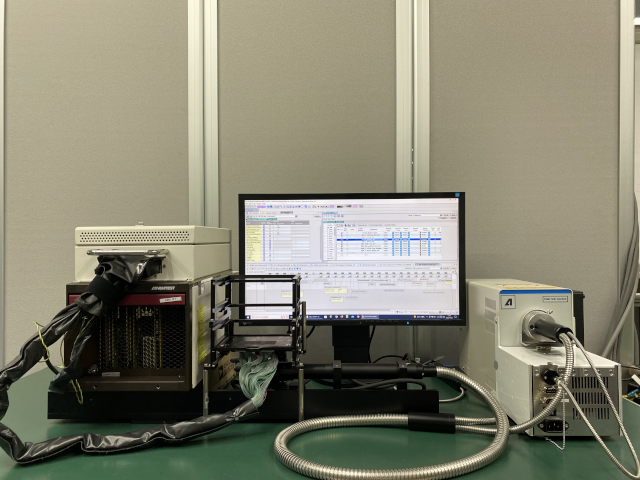 |
| Performance wise, Micro-LED display has excellent characteristics comparing with others, but its higher manufacturing costs are the biggest issue for its commercial use. In the current micro-LED testing, electroluminescence (EL) test and diode-characteristic test are performed serially. With the urgent needs to reduce test costs, the most critical issue is how to realize parallel EL test since the existing EL test should be single unit test. To solve this matter, we developed super-cost-effective test method (PEMPTM) embedding massive parallel EL and diode-characteristic test. We will demonstrate the actual measurement on sample device and show the system and software environment. | ||
| FMCp4-5 | 3D Aerial Display Combining Optical See-Through Aerial Imaging by Retro-Reflection with Depth-Fused 3D Display *Takahiro Omoto1, Kengo Fujii1, Masaki Yasugi1, Shiro Suyama1, Hirotsugu Yamamoto1 1. Utsunomiya University (Japan) |
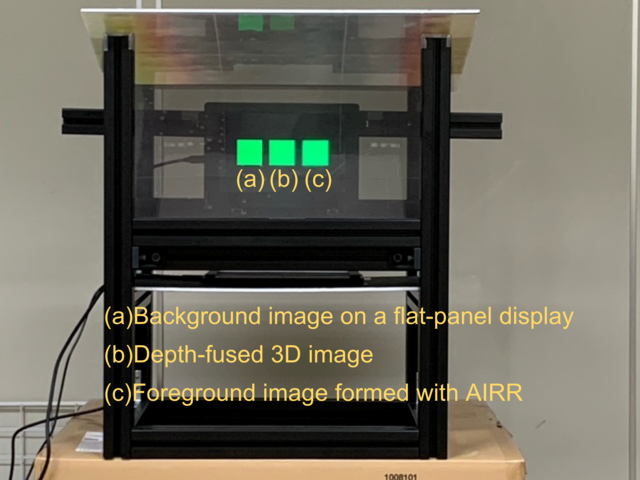 |
| We will demonstrate aerial 3D display that using a Depth-fused 3D (DFD) display combining an optical see-through aerial imaging by retro-reflection. The aerial 3D display consists of two displays, beam splitter, and retro-reflector, shown in the figure. DFD display, which overlays the aerial image on the display, can add depth to the aerial image with a simple structure. The observer can see the 3D image by our proposed method even at wide range of observation distances from about 2 meters to over 5 meters. | ||
| FMCp4-6L | Multiple Aerial Images in Two-Directions with Varying Angle of a Pair of Infinity Mirror in Aerial Imaging by Retro-Reflection *Kohei Kishinami1, Kengo Fujii1, Masaki Yasugi1, Shiro Suyama1, Hirotsugu Yamamoto1 1. Utsunomiya University (Japan) |
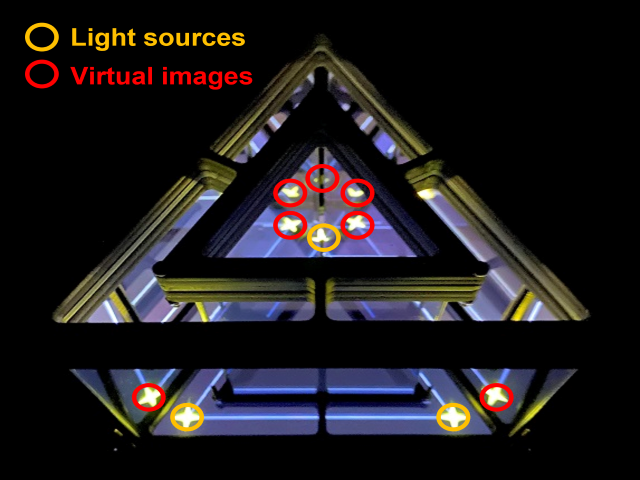 |
| This is a demonstration of a kaleidoscope with two layers of half mirrors. This system consists of a display, top and bottom acrylic frames and six half mirrors. As shown in the figure, the audiences can observe the virtual image of three light sources from any direction. In previous studies, we have proposed multiple image formation with infinity mirror and AIRR (aerial imaging by retro-reflection). By adding retro-reflector, this kaleidoscope can also form aerial images which changes according to the direction of the light source. | ||
| 3D4-1 | Kirameki Display: Practical Light Field Display to Represent Real Texture *Naoki Sumi1, Keiko Edo1, Shuji Hagino1 1. Innolux Japan Co., Ltd (Japan) |
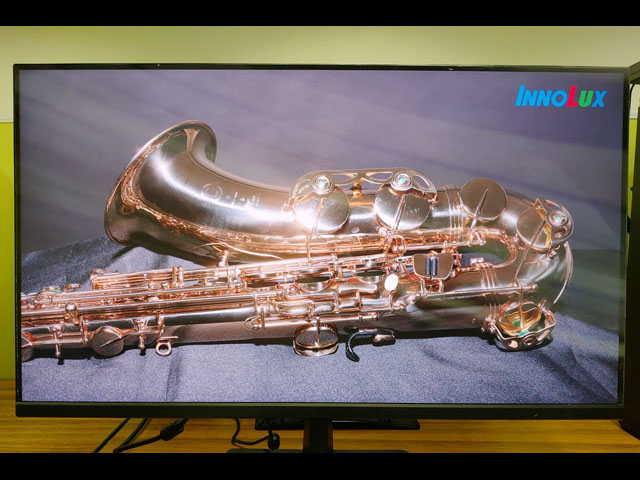 |
| “Kirameki display” is one of the light field display that specialized for texture representation. It can represent the real & CG pictures with texture of materials like gold, silver, silk and the structured color of morpho butterfly. In addition, Unity “Kirameki material shader” enabled us to generate a real-time and an interactive “texture representation” video with 60Hz frame rate with 4K display. We are going to demonstrate several examples of Kirameki pictures and Kirameki videos with real-time calculation. Finally we discuss future studies and potential applications to industry. | ||
| 3D4-3 | Natural 3D (N3D) Display Technology and Its Medical Application for DICOM Image Viewer *Keiko Edo1, Naoki Sumi1, Hao-Yu Liu2, Ruey-Jer Weng2, Wei-Yi Lu2, Shuji Hagino1 1. Innolux Japan Co., Ltd. (Japan), 2. Innolux Corporation (Taiwan) |
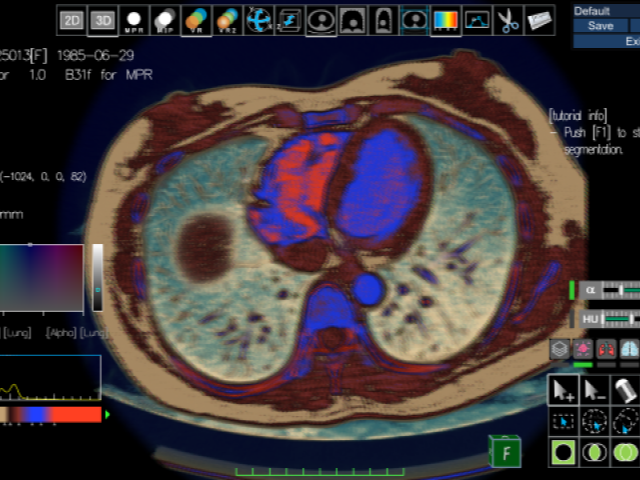 |
| We are going to demonstrate N3D display system, which can handle DICOM data and displays high performance 3D images because of its high space and angular resolution. Besides calculation speed is fast enough to show the 3D images without any delay even if we use normal-performance PC (Intel core i7 and GPU: Nvidia GTX1080 or RTX3060 in Windows10). Eye tracking camera is also embedded and an accurate 3D image can be seen from wherever you are. We think this is applicable for medical application and you can experience 3D images of organs you have never seen before (see fig.1). | ||
| 3Dp1-6L | Moiré Reduction Method for Visually Equivalent Light Field Display Using Special Barrier Aperture Structure *Munekazu Date1, Tokinobu Mitasaki1, Ayumi Matsumoto1, Masaki Kitahara1 1. Nippon Telegraph and Telephone Corporation (Japan) |
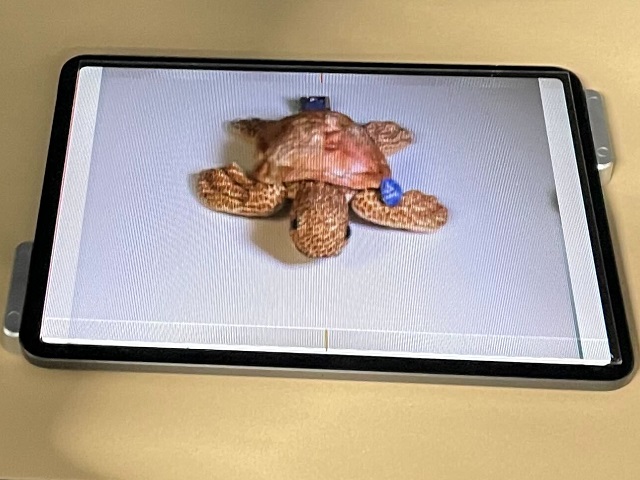 |
| A visually equivalent light field 3D (VELF3D) display is a parallax-barrier-type autostereoscopic 3D display. Since stripes of the barrier and pixels are in parallel, moiré occurred, when the barrier is placed on the screen. We suppressed moiré by only providing unevenness in the aperture shape of the barrier. In this demonstration, we’ll show moiré suppression using our proposed aperture structure, which is difference of two error functions, and drastic effect of optimized parameter σ=0.375. Moreover, we will demonstrate tablet type VELF3D display that is made only putting our proposed barrier on the touch panel of the screen. | ||
| VHF2-3L | Comparison of Super-Resolution Effect by Sub-Frame Division Method of Subjective Super-Resolution Aerial Display *Shoya Kawaguchi1, Akinori Tsuji2, Toyotaro Tokimoto1,3, Masaki Yasugi1, Shiro Suyama1, Hirotsugu Yamamoto1 1. Utsunomiya University (Japan), 2. Tokushima University (Japan), 3. XAiX, LLC (Japan) |
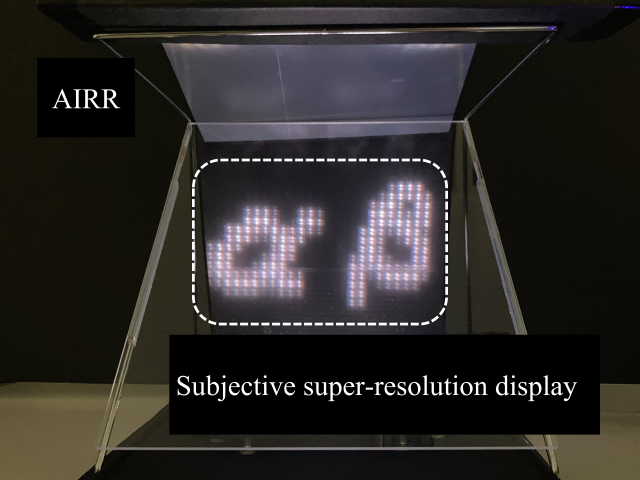 |
| This is a demonstration of an aerial display with subjective super-resolution method. This method switches sub-frames generated from the original image at high-speed, and the observer perceives a higher resolution than actual resolution of the display. As shown in the figure, our device forms subjective super-resolution display in the air, by using AIRR (aerial imaging by retro-reflection). Aerial image makes the non-light emitting pixels unnoticeable and improves the apparent resolution. The high-resolution display can be achieved with a small number of pixels, which reduces the number of pixels on the LED panel and thus reduces the cost of the display. | ||
| PRJ7-2 | T-Glasses: Light-Weight High Efficient Augmented Reality Smart Glasses *Soon-gi Park1, Kiman Kim1, Jeonghun Ha1 1. LetinAR (Korea) |
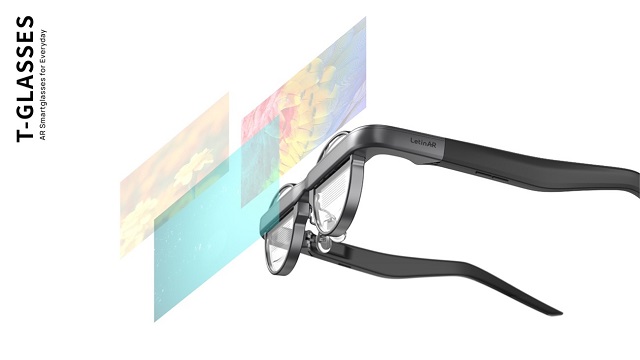 |
| T-Glasses are stylish and affordable AR smartglasses. With its own pin mirror technology (PinMR™), OLED micro-display is reflected onto tiny mirrors inside the lens, delivering clear images. As these mirrors are small enough to be perceived by human eye, they not only offer complete privacy, but also provide clear artificial images and real world vision at the same time without any interference. This unique technology helps achieve a wider field of view and brighter colors in a small actual glasses type form factor. As T-Glasses are less complex to manufacture, these are smartglasses that the masses can afford. | ||
| FLX5-1 | OLED Lighting Fabricated by Roll-to-Roll *Tadahiro Furukawa1 1. Yamagata University (Japan) |
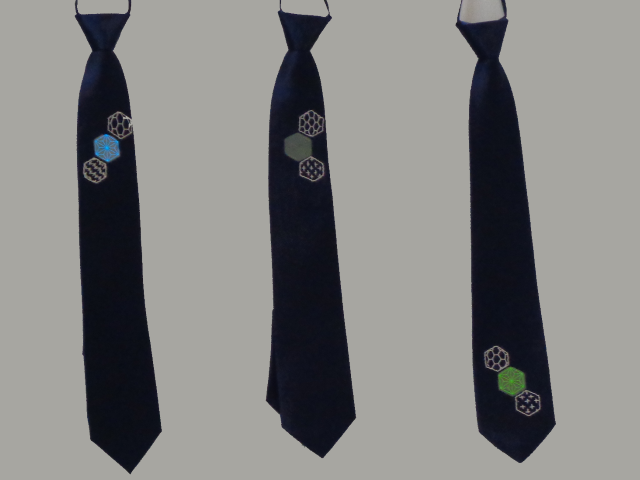 |
| We will display the following samples. 1. OLED lighting samples fabricated by roll-to-roll 2. Roll sample – Hight gas barrier film 3. Fun products using OLED Lighting- Several fun products using OLED lighting, including a tie that combines OLED with the traditional craft of ''Harakata-sashiko'' in Yonezawa City, where our university is located. | ||
| INP1-1 | Juggling on the moon: A VR system for complex motor skill learning *Hiroyuki Kambara1,2, Wanhee Cho2, Hyeonseok Kim3, Rikiya Oya1, Yusuke Kitami1, Makoto Kobayashi2, Supat Saetia2, Takahiro Kagawa4, Hirokazu Tanaka5, Makoto Miyakoshi3, John Iversen3, Scott Makeig3, Makoto Sato2, Natsue Yoshimura2 1. Tokyo Polytechnic University (Japan), 2. Tokyo Institute of Technology (Japan), 3. University of California, San Diego (United States of America), 4. Aichi Institute of Technology (Japan), 5. Tokyo City University (Japan) |
 |
| We will demonstrate a VR system enabling ball juggling in the virtual world. The system consists of a haptic device named SPIDAR-W and a HMD. The SPIDAR-W consists of metal frames carried on the shoulders in front of the body and motors attached to the frame. The motors pull strings attached to ball-shaped grips to generate downward force and users can sense the load force of the ball through the grips held in both hands. Audiences who never had experienced juggling can also enjoy ball juggling by slowing the speed of the balls as if they were on the moon. | ||